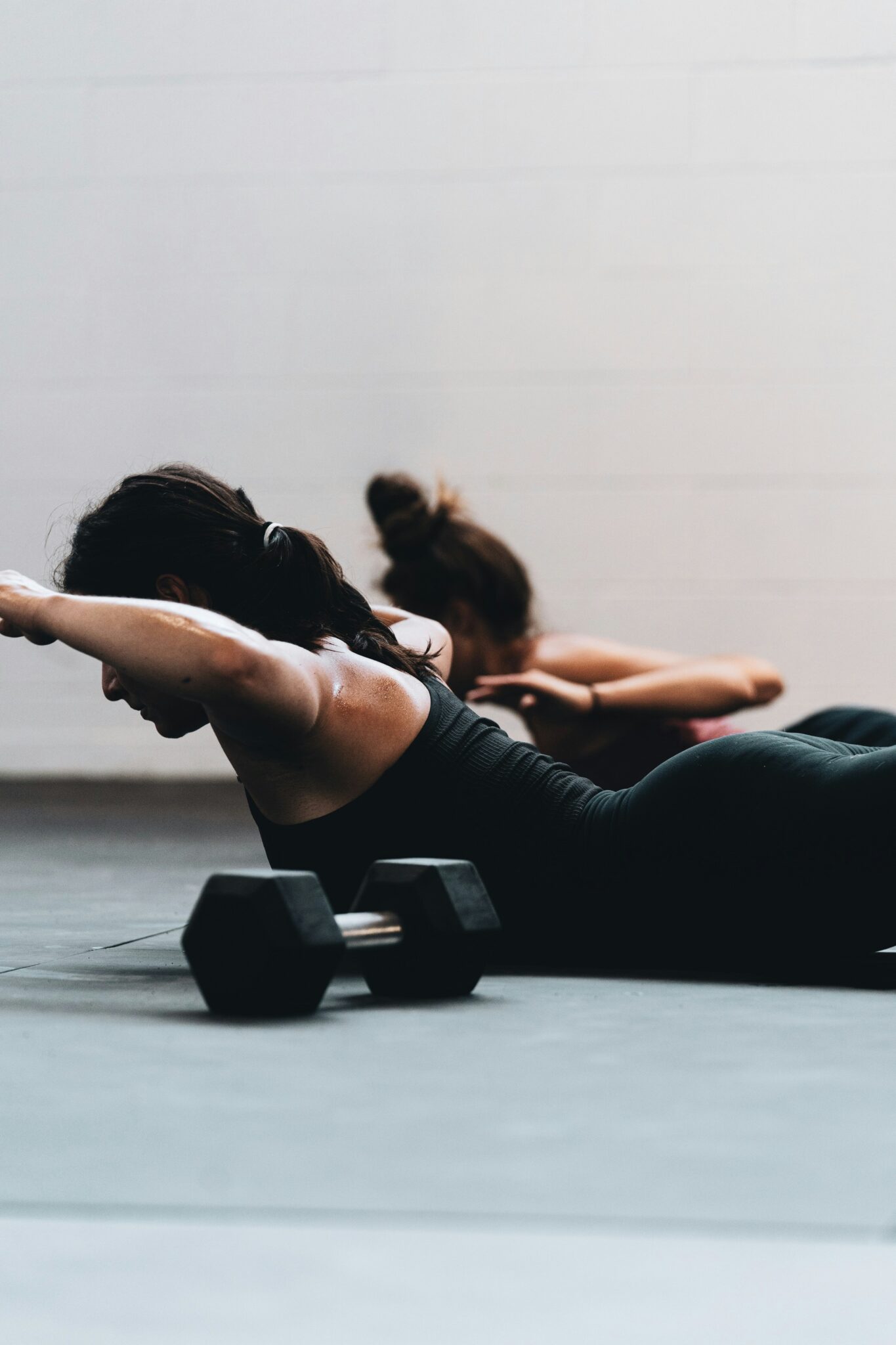The deadlift is a compound exercise that engages multiple muscle groups and is highly effective for building strength and functional fitness. However, performing deadlifts with improper form can lead to injuries. Here are some dos and don’ts to consider when doing deadlifts:
Deadlift Dos:
- Maintain a Neutral Spine:
- Keep your back straight and maintain a neutral spine throughout the lift. This helps distribute the load evenly and minimizes the risk of lower back injuries.
- Start with the Bar Close to Your Body:
- Ensure the barbell is positioned close to your shins before lifting. This minimizes the distance the bar has to travel and helps maintain proper form.
- Grip the Bar Properly:
- Use a grip that is comfortable for you, either a double overhand grip or a mixed grip (one palm facing you, the other facing away). Make sure your grip is secure to prevent the bar from slipping.
- Engage Your Lats:
- Pull your shoulder blades back and engage your lats (muscles in your upper back) before lifting. This provides stability and helps protect your spine.
- Hinge at the Hips:
- Initiate the movement by hinging at your hips, pushing them back as you bend your knees. Keep the bar close to your body throughout the lift.
- Drive Through Your Heels:
- As you lift the bar, push through your heels. This engages your posterior chain, including your hamstrings and glutes.
- Stand Tall at the Top:
- Stand up straight at the top of the lift, fully extending your hips and knees. Maintain a neutral spine.
- Controlled Descent:
- Lower the barbell with control, keeping it close to your body. Avoid letting the bar crash down, as this can strain your lower back.
- Use Proper Equipment:
- Wear flat-soled shoes to provide stability and ensure you have a solid grip on the ground. A weightlifting belt can offer support to your lower back, especially when lifting heavy.
Deadlift Don’ts:
- Avoid Rounding Your Back:
- Rounding your back during a deadlift puts excessive stress on your spine and increases the risk of injury. Keep your back straight and maintain a neutral spine.
- Don’t Lift with Your Back Alone:
- The deadlift is a hip-hinge movement, not a pure back lift. Ensure your hips are involved, and the power comes from your posterior chain, including your hamstrings and glutes.
- Don’t Hyperextend Your Lower Back:
- While you want to fully extend your hips at the top, avoid hyperextending your lower back. Stand tall without leaning backward excessively.
- Avoid Jerky Movements:
- Lift the barbell smoothly and with control. Jerky movements can lead to loss of balance or strain on your muscles and joints.
- Don’t Overarch Your Neck:
- Keep your neck in a neutral position. Avoid looking up excessively, as this can strain your neck and affect your spine alignment.
- Don’t Neglect Warm-Up:
- Always warm up before deadlifting, especially if lifting heavy. Warm-up exercises should include dynamic stretches and lighter sets of deadlifts to prepare your muscles and joints.
- Don’t Neglect Breathing:
- Breathe properly throughout the lift. Inhale before starting, hold your breath during the lift, and exhale at the top. This helps stabilize your core.
- Avoid Overtraining:
- Deadlifts are demanding on the central nervous system. Avoid overtraining by allowing adequate recovery time between sessions.
Remember, if you’re new to deadlifting or have any existing health concerns, it’s advisable to seek guidance from a qualified fitness professional to ensure proper form and reduce the risk of injury.



